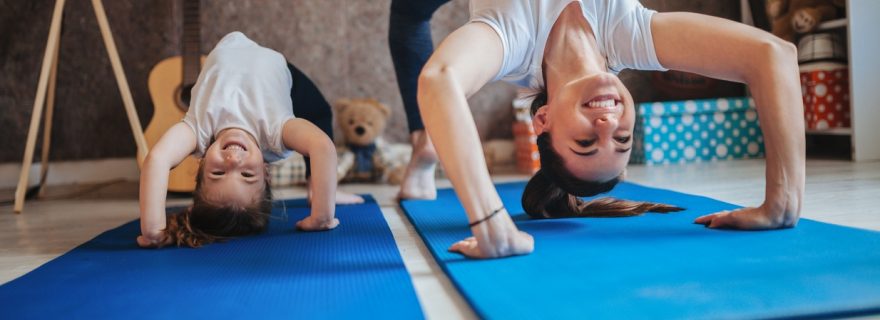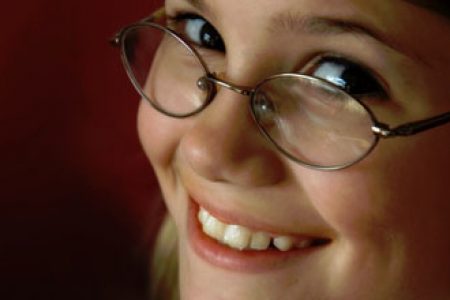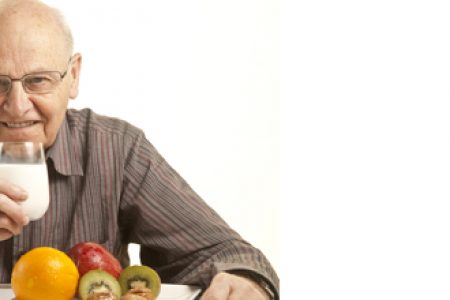Learning a new skill while staying at home
With a global pandemic forcing us to spend most of our free time at home these days, many of us may have started learning a new skill or have been working on fine- tuning an existing one.
Perhaps you’ve started learning how to play an instrument, or challenged your inner athlete by learning a new field hockey trick or doing increasingly difficult yoga poses. By means of repeated practice you become more and more proficient in doing these things and slowly build up the ability for skilled performance. During initial motor skill learning as a novice, people very consciously execute every individual element of the larger movement. With extended practice we become increasingly able to perform the movement automatically – the skill can be performed smoothly without much attention and you may even be able to think about your (online) shopping list at the same time.
Context-dependent learning
Interestingly, the acquisition of such motor skills is known to be context-dependent. This means that information related to the environment you are practicing in automatically becomes part of your movement representation, i.e., how the skill is stored in your brain. This occurs because the continuous pairing of contextual perceptual features with motor information during acquisition causes associations to develop between skill-relevant and skill-irrelevant information – just like continuous pairing of two stimuli can result in association. Does such associative learning ring a bell? (pun intended!) If so, you’re probably familiar with the famous Pavlov experiment in which dogs learned, simply by repeated paired presentation, to associate the sound of a bell with the presentation of food. While the underlying mechanisms between intentional motor skill learning and unintentional reflexive learning differ slightly, the associative principle is similar.
Contextual change
As we are currently carrying out most of our activities at home, contextual cues related to the room you are practicing or performing in are thus likely to become integrated into your skill representation by association. When performing the movement skill in that familiar context, the learned associations can facilitate motor memory retrieval processes and help you to achieve successful performance. Upon a contextual change, however, the associations can no longer aid such retrieval, so performance drops. Research suggests that this negative effect of contextual changes on performance is only observed when the associations are sufficiently strong, for example after prolonged practice in a certain context.
What can you do?
- Practice, practice, practice. As explained above, the acquisition of a motor skill involves a switch from controlled to more automated performance. Once performance is fully automated, you no longer need to rely on external cues for performance, and contextual changes are less likely to affect you. However, reaching this stage of automatic skill execution requires a lot of practice. Therefore, our first recommendation is simply to practice, practice, practice.
- Switch it up. As you continue practicing your skill, we additionally recommend that you change scenery every now and then. By practicing in different contexts, the amount of integration of perceptual information – be it visual or auditory or even smell – relative to integration of motor information into your skill representation will be reduced, and your performance will be less sensitive to contextual changes. While it may be difficult to vary your environment substantially during the current circumstances, even small changes can help, such as practicing in different rooms, or varying the time of time of day you practice.
- Know what to ignore. In a recent experiment we asked participants to learn movement sequences in response to both visual and musical cues. Preliminary results indicate that these perceptual cues were indeed integrated into the skill representations, as performance accuracy dropped when the music was removed. Interestingly, however, it seems that this performance drop was less marked in people who had been informed that later in the experiment they would have to perform the learned movements without the musical cues. This suggests that it may be possible to control which contextual information is stored. We therefore recommend that during learning you identify cues that you may also come across in other environments, and ignore very context-specific ones.
Conclusion
Ok, so there’s a chance that this difficult yoga pose you can now perform perfectly in your attic will not go as smoothly when you try to impress your fellow class members at the gym. But there are also some ways to enhance your chances of successful performance in another environment. Try to reach a point of automated skill execution by practicing frequently. If possible, alternate what room you are practicing in every now and then. In addition, remind yourself which cues are relevant to pay attention to, and which should be ignored. In doing so, the adverse effect of contextual changes is most likely to be limited and you’ll be able to amaze everyone anywhere you go!






